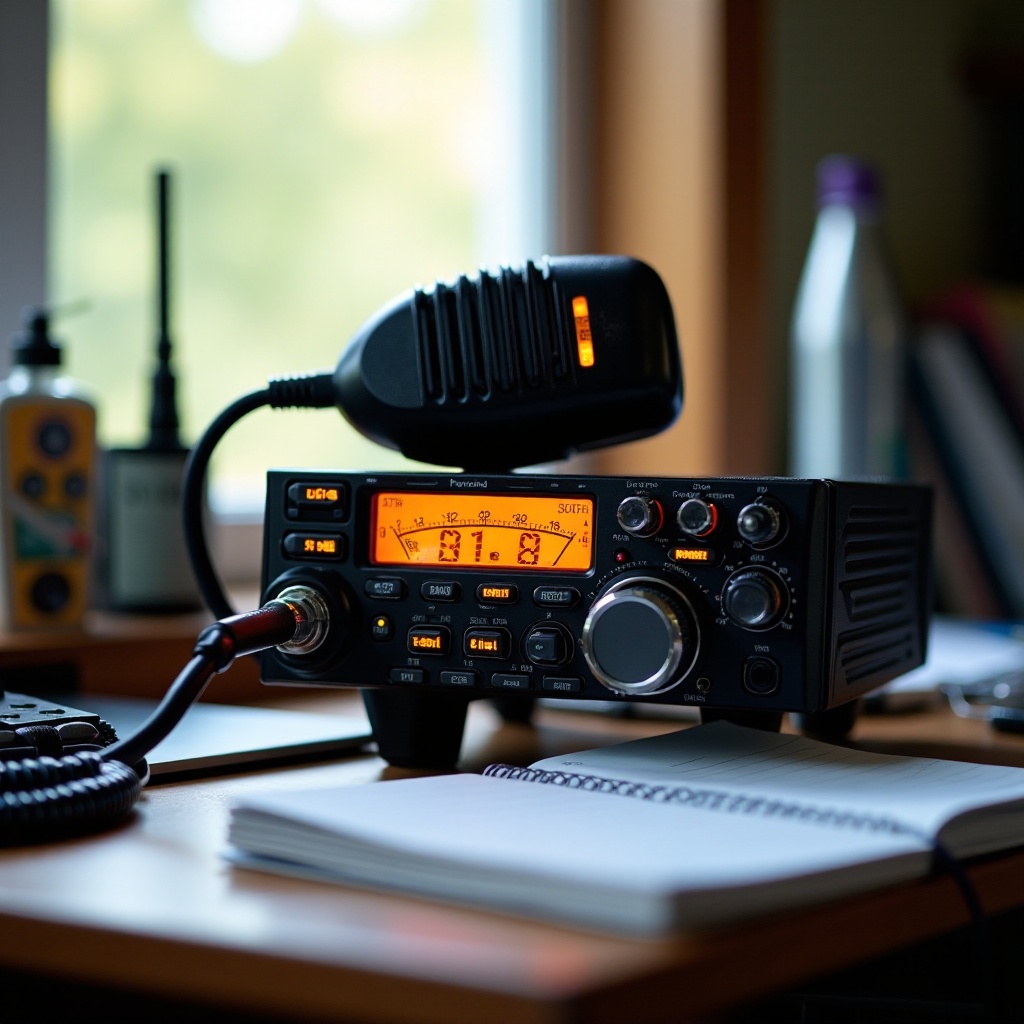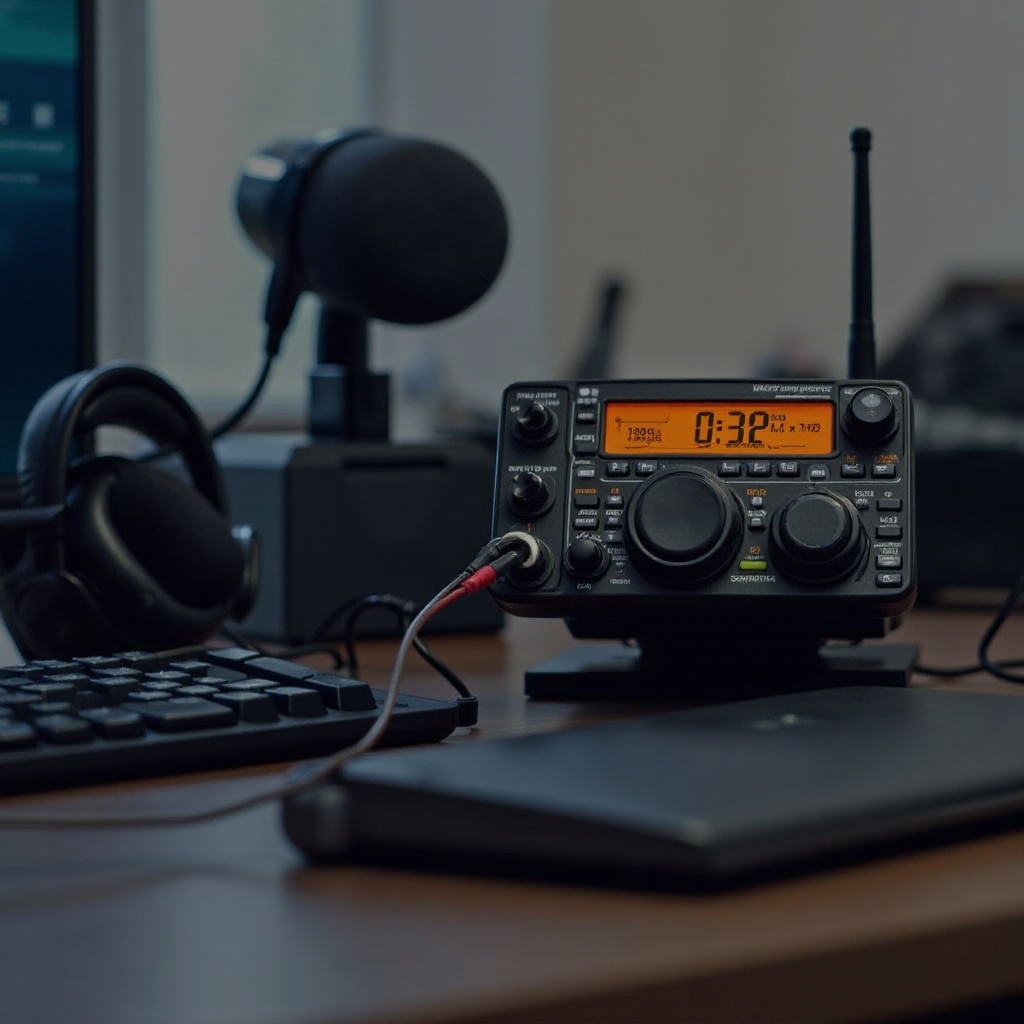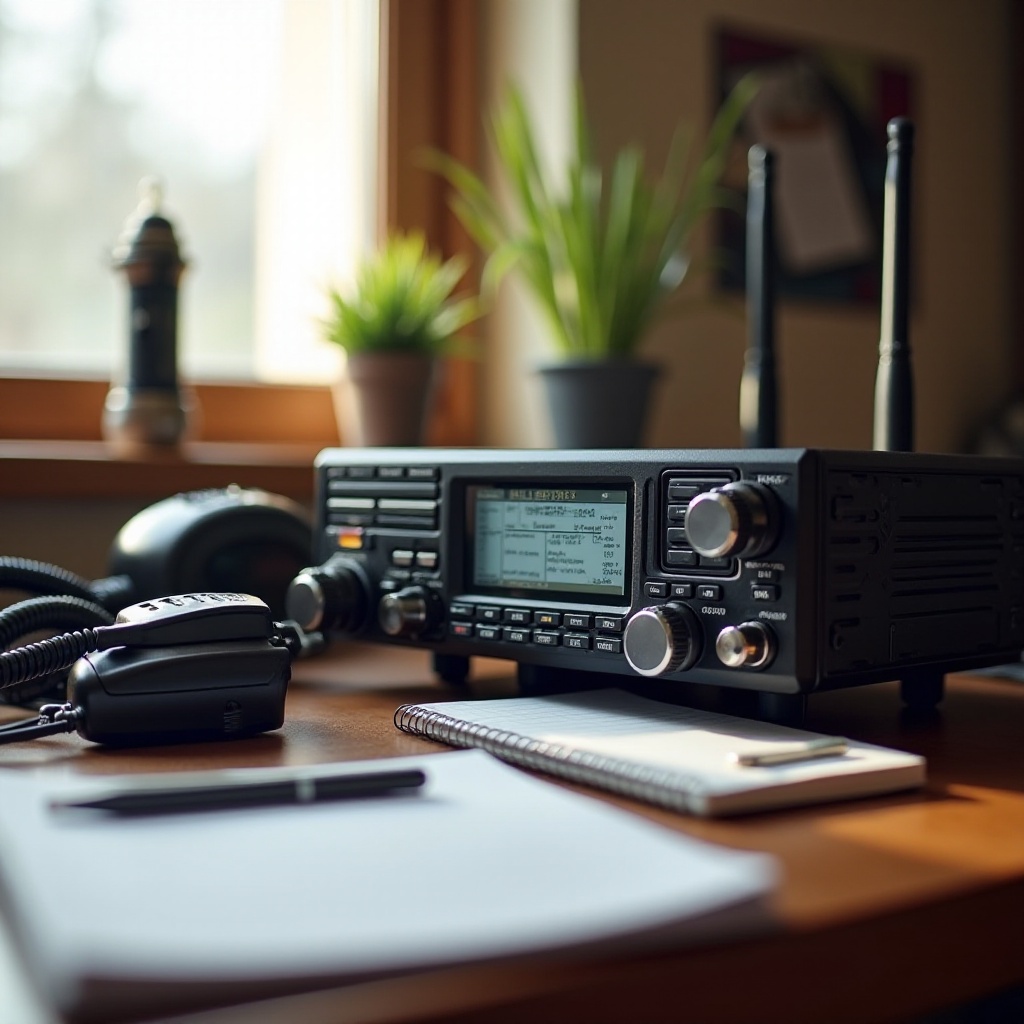Introduction
Ham radio scanners are fascinating devices that provide users with the ability to listen to a wide range of frequencies. They are essential tools for hobbyists, emergency responders, and anyone interested in exploring the radio spectrum. Understanding how these scanners work and the various features they offer can enhance your listening experience. This comprehensive guide will cover the essentials of ham radio scanners, including their key features, benefits, and tips for choosing the right one.

What is a Ham Radio Scanner?
A ham radio scanner is a receiver that picks up radio frequencies transmitted by different sources. Unlike traditional radios that are limited to receiving AM or FM broadcasts, a ham radio scanner can tune into various frequencies encompassing public safety channels, air traffic communications, and amateur (ham) radio transmissions. These scanners provide a window into the world of radio communications, allowing you to listen in on conversations and broadcasts that are not accessible via standard radio receivers.
Ham radio scanners are particularly popular among amateur radio enthusiasts, often referred to as ‘hams.’ These users enjoy the hobby of scanning frequencies to stay informed about local events and emergencies, communicate with other hams, and explore the radio spectrum.
Key Features of a Ham Radio Scanner
When choosing a ham radio scanner, it’s essential to understand the key features that can enhance its functionality and user experience. Here are some of the most important attributes to consider:
-
Frequency Range: The range of frequencies a scanner can receive is crucial. Most modern scanners cover a wide range, including VHF (very high frequency) and UHF (ultra high frequency) bands, which are commonly used by public safety agencies and amateur radio operators.
-
Channel Memory: The ability to store multiple channels in memory allows users to quickly switch between their favorite frequencies. Higher-end models may offer hundreds or even thousands of channels.
-
Digital vs. Analog: Some scanners can receive digital signals in addition to analog ones. This feature is important for listening to modern public safety communications, which increasingly use digital technology.
-
Trunking Capabilities: Trunked radio systems are used by many large organizations and agencies. A scanner with trunking capabilities can follow conversations across different frequencies, ensuring you don’t miss any part of the communication.
-
Noise Reduction: Features like noise squelch and digital signal processing help reduce background noise, providing clearer audio.
-
Portability: Handheld scanners offer the benefit of portability, allowing users to listen on the go, while desktop models typically offer more features and better performance.
-
User Interface: An intuitive user interface with a clear display and easy-to-use controls can significantly enhance the experience, especially for beginners.
These key features determine the effectiveness and enjoyment of using a ham radio scanner. Understanding them helps in making an informed choice when purchasing a scanner.

Benefits of Using a Ham Radio Scanner
Using a ham radio scanner comes with several benefits that can appeal to a variety of users, from hobbyists to professionals:
-
Stay Informed: One of the primary advantages of a ham radio scanner is the ability to stay informed about local events, emergencies, and public safety communications. This is particularly valuable during natural disasters or significant incidents when traditional communication channels might be compromised.
-
Educational Tool: For those interested in radio technology or electronics, a ham radio scanner can be a valuable educational tool. Listening to different frequencies and understanding how radio communications work offer practical insights into the field.
-
Community Engagement: Ham radio operators often form tight-knit communities, participating in local and international events. A ham radio scanner enables users to engage with this community, follow conversations, and even join in if they have a transceiver.
-
Enhanced Safety: For individuals involved in activities such as hiking, boating, or other outdoor pursuits, a ham radio scanner can enhance safety by providing access to weather reports, emergency alerts, and public safety broadcasts.
-
Entertainment: Many users find scanning frequencies to be an entertaining hobby. The unpredictability of what you might hear and the challenge of finding interesting broadcasts add an element of excitement.
These benefits underscore the versatility and value of ham radio scanners, making them an attractive option for various users.

Choosing the Right Ham Radio Scanner
Selecting the right ham radio scanner requires careful consideration of several factors. Here are some guidelines to help you make the best choice:
-
Determine Your Needs: Assess what you want to accomplish with your scanner. If you aim to listen to public safety communications, ensure the scanner covers the appropriate frequencies and has trunking capabilities.
-
Consider Your Environment: Think about where you will be using the scanner. Handheld models offer portability and are ideal for on-the-go listening, while desktop models are better suited for home or office use.
-
Check for Local Regulations: Some frequencies might be restricted or monitored. Make sure you understand the legalities of using a ham radio scanner in your area.
-
Budget: Ham radio scanners come in a range of prices. Higher-end models offer more features, but even budget-friendly options can be effective for casual users.
-
Read Reviews and Get Recommendations: Look for reviews from other users, and ask for recommendations in local ham radio clubs or online forums. This information can provide insights into the performance and reliability of different models.
-
Examine the Features: Prioritize the features that are most important to you. Whether it’s digital decoding, frequency range, or noise reduction, ensure the scanner you choose meets your specific needs.
Making an informed decision involves weighing all these factors to find the scanner that best fits your requirements.
Conclusion
Ham radio scanners open up a world of communication possibilities. Whether you are a hobbyist looking to explore the radio spectrum, a professional needing to stay informed about public safety, or simply someone fascinated by technology, these devices offer numerous benefits. By understanding what ham radio scanners are, their key features, and the advantages they provide, you can make an informed decision when choosing the right scanner for your needs.
Frequently Asked Questions
What is the difference between a ham radio and a scanner?
A ham radio is a transceiver, meaning it can transmit and receive radio signals. It is used for two-way communication between amateur radio operators. A scanner, on the other hand, is a receiver only and is used to listen to various radio frequencies without the ability to transmit.
Can I listen to emergency services using a ham radio scanner?
Yes, many ham radio scanners can pick up emergency services’ frequencies. However, some modern emergency service communications are encrypted or use digital systems that require scanners with specific digital decoding capabilities.
How do I improve reception on my ham radio scanner?
Improving reception can be achieved by using an external antenna, positioning your scanner in an area with fewer obstructions, or using an amplifier if necessary. Additionally, tuning to the correct frequency range and regularly updating your knowledge of local frequencies enhance reception.

